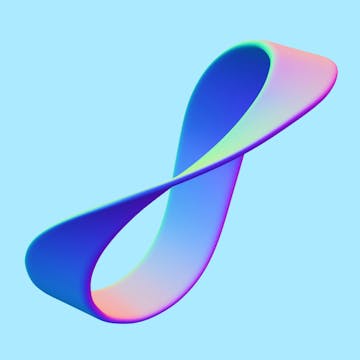
Целью нашего online-курса является дистанционное обучение слушателей основным понятиям и методам анализа на многообразиях их применению.
После прохождения курса НИУ ВШЭ слушатель сможет освоить, что такое гладкое многообразие, касательное пространство, векторное поле, дифференциальная форма на многообразии и когомологии де Рама. Уметь вычислять интегралы от дифференциальных форм по многообразию. Дифференцировать и применять другие операции над дифференциальными формами. Понимать, что такое поток векторного поля и находить его траектории. А также освоить понятия когомологий де Рама.
Предварительными требованиями к слушателю являются...
Read more
Good to know
Save this course
Activities
Organize your notes
Show steps
Keeping organized notes will make it easier for you to review the course material later.
Show steps
-
Gather your notes from lectures, readings, and other sources.
-
Organize your notes by topic or concept.
-
Create a system for easily finding the information you need.
Join a study group
Show steps
Joining a study group can provide you with opportunities to discuss the course material with other students and get help with difficult concepts.
Show steps
-
Find a study group to join, either online or in person.
-
Attend study group meetings regularly.
-
Participate in discussions and ask questions.
Watch video tutorials
Show steps
Watching video tutorials can help supplement your understanding of the course material by providing a different perspective.
Show steps
-
Search for video tutorials on manifolds and differential geometry.
-
Watch the tutorials and take notes.
-
Try to apply the concepts you learned in the tutorials to the course material.
Three other activities
Expand to see all activities and additional details
Show all six activities
Create a concept map
Show steps
Creating a concept map can help you visualize the relationships between different concepts in the course.
Show steps
-
Identify the key concepts in the course.
-
Create a diagram that shows the relationships between the concepts.
-
Add details and examples to the diagram.
Solve practice problems
Show steps
Solving practice problems can help you develop your problem-solving skills and reinforce your understanding of the course material.
Show steps
-
Find practice problems from the course textbook or online.
-
Attempt to solve the problems on your own.
-
Check your answers and review the solutions.
Contribute to an open-source project
Show steps
Contributing to an open-source project can help you gain practical experience with the concepts you are learning in the course.
Show steps
-
Find an open-source project that is related to the course material.
-
Read the project documentation and familiarize yourself with the codebase.
-
Make a contribution to the project, such as fixing a bug or adding a new feature.
Organize your notes
Show steps
Keeping organized notes will make it easier for you to review the course material later.
Show steps
- Gather your notes from lectures, readings, and other sources.
- Organize your notes by topic or concept.
- Create a system for easily finding the information you need.
Join a study group
Show steps
Joining a study group can provide you with opportunities to discuss the course material with other students and get help with difficult concepts.
Show steps
- Find a study group to join, either online or in person.
- Attend study group meetings regularly.
- Participate in discussions and ask questions.
Watch video tutorials
Show steps
Watching video tutorials can help supplement your understanding of the course material by providing a different perspective.
Show steps
- Search for video tutorials on manifolds and differential geometry.
- Watch the tutorials and take notes.
- Try to apply the concepts you learned in the tutorials to the course material.
Create a concept map
Show steps
Creating a concept map can help you visualize the relationships between different concepts in the course.
Show steps
- Identify the key concepts in the course.
- Create a diagram that shows the relationships between the concepts.
- Add details and examples to the diagram.
Solve practice problems
Show steps
Solving practice problems can help you develop your problem-solving skills and reinforce your understanding of the course material.
Show steps
- Find practice problems from the course textbook or online.
- Attempt to solve the problems on your own.
- Check your answers and review the solutions.
Contribute to an open-source project
Show steps
Contributing to an open-source project can help you gain practical experience with the concepts you are learning in the course.
Show steps
- Find an open-source project that is related to the course material.
- Read the project documentation and familiarize yourself with the codebase.
- Make a contribution to the project, such as fixing a bug or adding a new feature.
Career center
Physicist
Mathematician
Statistician
Data Analyst
Financial Analyst
Quantitative Analyst
Actuary
Geostatistician
Operations Research Analyst
Engineer
Data Scientist
Economist
Biostatistician
Computer Scientist
Software Engineer
Reading list
Share
Similar courses
OpenCourser helps millions of learners each year. People visit us to learn workspace skills, ace their exams, and nurture their curiosity.
Our extensive catalog contains over 50,000 courses and twice as many books. Browse by search, by topic, or even by career interests. We'll match you to the right resources quickly.
Find this site helpful? Tell a friend about us.
We're supported by our community of learners. When you purchase or subscribe to courses and programs or purchase books, we may earn a commission from our partners.
Your purchases help us maintain our catalog and keep our servers humming without ads.
Thank you for supporting OpenCourser.


